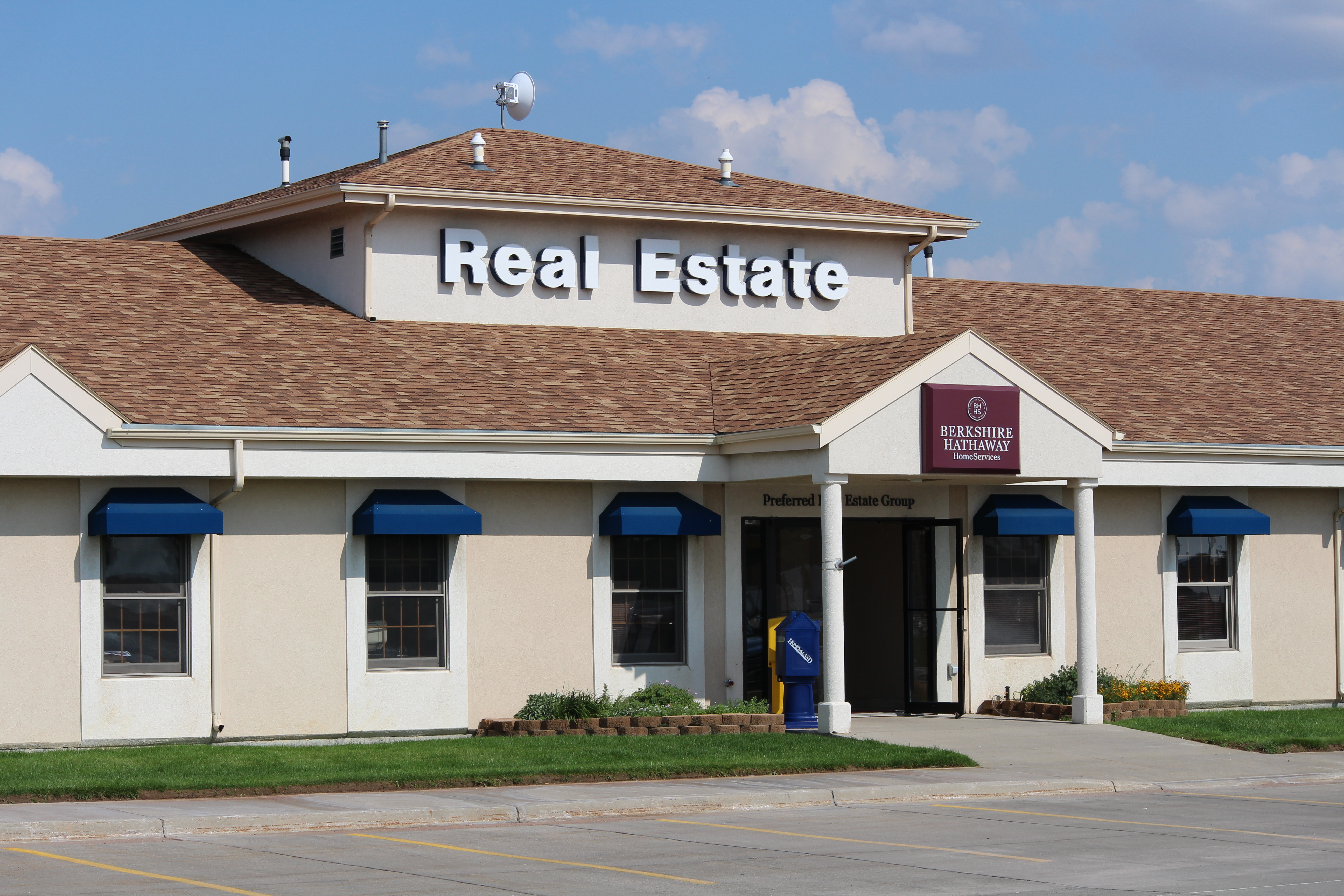Unlocking Opportunities: The rise of affordable housing in real estate investments
Affordable housing projects aim to bridge the gap between the demand and supply of homes by offering cost-effective options.

Unlocking Opportunities: The rise of affordable housing in real estate investments:
The real estate market has witnessed a notable surge in the popularity of affordable housing and mid-segment projects in recent years. These projects have emerged as a response to the increasing need for affordable housing options and have become highly sought after by first-time buyers. They offer a combination of affordability, potential returns on investment, and the security of homeownership, making them an appealing choice.
The growth in demand for affordable housing can be attributed to rapid urbanization and population expansion, particularly in real estate hotspots. These areas promise higher returns on investment, attracting both buyers and developers. Affordable housing projects play a crucial role in meeting the housing needs of the population by providing cost-effective housing options. They are specifically designed to offer decent living spaces at affordable prices, making it possible for a larger segment of society to fulfill their dream of owning a home.
One of the key advantages of affordable housing projects is their ability to bridge the gap between housing demand and supply. By addressing the affordability factor, these projects contribute to the overall housing ecosystem and help mitigate the housing shortage prevalent in many regions. They offer an opportunity for individuals and families to invest in properties that are within their financial reach, enabling them to secure a stable and comfortable living environment.
Moreover, affordable housing projects often come with additional benefits and incentives. Governments and housing authorities in many countries provide subsidies, tax breaks, and other financial assistance to promote affordable housing initiatives. These incentives make it more feasible for developers to offer affordable housing options and encourage potential buyers to invest in them.

In addition to affordability, these projects also offer promising returns on investment. As the demand for affordable housing continues to rise, the value of these properties is expected to appreciate over time. This makes them an attractive investment avenue for both individual buyers and institutional investors.
The surge in affordable housing and mid-segment projects reflects a positive shift in the real estate market, where developers and buyers are recognizing the importance of providing and investing in affordable housing options. These projects not only address the housing needs of the population but also contribute to social and economic development by promoting homeownership and improving living standards.

Overall, affordable housing projects have gained significant momentum in the real estate market due to their ability to cater to the growing demand for reasonably priced homes. They offer a combination of affordability, potential returns, and the fulfilment of homeownership aspirations. With their positive impact on society and the real estate sector, affordable housing projects will likely continue playing a crucial role in the housing market in the coming years.
Government policies and programs have played a crucial role in promoting and supporting the development of affordable housing projects. Initiatives like the Pradhan Mantri Awas Yojana (PMAY) and Deen Dayal Jan Awas Yojana (DDJAY) in India have recognized the significance of affordable housing and have introduced various incentives to boost this segment.
One of the key incentives provided by these programs is the provision of subsidies and financial assistance. Under PMAY and DDJAY, eligible beneficiaries can avail of interest subsidies on home loans, making homeownership more affordable and accessible. These subsidies reduce the burden of interest payments, thereby facilitating the purchase of affordable homes.
In addition to subsidies, these programs offer other benefits, such as tax incentives. The government provides tax benefits to homebuyers and developers involved in affordable housing projects. These tax incentives can include deductions on home loan interest payments, exemption from certain taxes, and reduced Goods and Services Tax (GST) rates for affordable housing units. These measures help reduce the overall cost of purchasing and developing affordable housing, making it an attractive proposition for buyers and developers alike.
Furthermore, the government has taken steps to ensure more accessible access to credit for developers and buyers involved in affordable housing. Financial institutions and banks have introduced specific loan products and schemes tailored to the needs of affordable housing. These loans often come with lower interest rates, relaxed eligibility criteria, and extended repayment periods, making it easier for buyers to secure financing for their affordable homes. This availability of affordable financing options encourages more people to invest in the affordable housing segment.
The introduction of these incentives and policies has created a favourable environment for developers to undertake affordable housing projects and for investors to diversify their portfolios. Affordable housing offers a unique opportunity for investors to participate in a segment that has significant growth potential. The government’s support through incentives and policies enhances the attractiveness of affordable housing as an investment avenue, providing stability and potential returns for investors.
Overall, the recognition of the significance of affordable housing by the government and the introduction of various incentives and programs have positively impacted the segment. These initiatives benefit both buyers and investors by making affordable housing more accessible, affordable, and attractive. They address the population’s housing needs and contribute to economic growth, social development, and the overall well-being of communities.
The affordability factor plays a significant role in the success of these projects. Developers focus on cost optimization, efficient construction practices, and economies of scale to keep the prices of these homes within reach of the target audience. This affordability aspect attracts buyers and generates a steady demand for rental properties. Investors can benefit from rental income, particularly in areas with high rental demand.
Moreover, mid-segment real estate projects offer a balance between affordability and quality. They provide buyers with an opportunity to own a home that meets their aspirations and requirements without stretching their budgets too far. These projects often incorporate modern designs, amenities, and sustainable features, ensuring a comfortable living experience for residents.
Government initiatives and policies have played a crucial role in boosting the affordable housing and mid-segment real estate segment. Programs such as PMAY and DDJAY have provided financial assistance, tax benefits, and subsidies, making homeownership more attainable for a more extensive section of society. These incentives have not only benefited homebuyers but have also created a favourable investment environment for investors.
Investing in affordable housing and mid-segment real estate projects diversifies investors’ portfolios by spreading the risk across different market segments. It offers an opportunity to participate in the growth potential of the real estate sector while catering to the increasing demand for affordable housing. The long-term prospects of these projects are promising, given the ongoing urbanization, population growth, and government focus on housing for all.
However, investors need to conduct thorough research, assess the market dynamics, and evaluate the reputation and track record of developers before investing in such projects. Location, infrastructure development, and connectivity also play a crucial role in determining these investments’ success and potential returns.
In conclusion, affordable housing and mid-segment real estate projects have gained momentum as promising investment options due to the rising demand for reasonably priced homes. The combination of affordability, potential returns, and government incentives make this segment attractive to homebuyers and investors. With the continued focus on affordable housing and supportive government policies, the outlook for these projects remains positive, offering opportunities for investment growth and social impact.
Investing in affordable housing and mid-segment real estate projects offers several advantages, including stability and steady demand. The strength of this investment comes from the constant need for housing, which is a fundamental requirement for individuals and families. Regardless of market fluctuations, the demand for affordable homes remains relatively resilient, making it a reliable investment option.

Moreover, affordability plays a crucial role in maintaining the demand for these projects. Aspiring homeowners, especially first-time buyers, constantly seek affordable housing options that fit their budgets. This consistent demand ensures a steady flow of tenants and potential buyers, providing a stable rental income or the potential for capital appreciation.
Government incentives and programs further strengthen the investment prospects in this segment. Policies like PMAY and tax benefits create a favourable environment for developers and investors. These incentives not only reduce the financial burden for homebuyers but also provide a boost to the overall market, attracting more investors.
Additionally, investing in affordable housing and mid-segment real estate projects diversifies one’s investment portfolio. By including this segment, investors can spread their risk across different market segments and avoid overexposure to high-end or luxury properties. This diversification helps mitigate the impact of market volatility and provides a more balanced investment strategy.
Furthermore, investing in affordable housing and mid-segment real estate projects contributes to social impact. It addresses the pressing need for accommodation for a large section of the population, especially in rapidly urbanizing areas. By participating in these projects, investors can contribute to the development of sustainable communities and fulfil the housing aspirations of individuals and families.

However, investors must conduct thorough research, perform due diligence, and assess the market conditions before investing in this segment. Factors such as location, infrastructure development, and the developer’s reputation play a vital role in determining the investment’s potential returns and long-term success.
In conclusion, investing in affordable housing and mid-segment real estate projects brings stability, steady demand, and the opportunity to make a positive social impact. With the growing need for affordable homes and supportive government initiatives, this segment offers attractive investment prospects for individuals and institutions alike. By diversifying their portfolios and participating in this segment, investors can benefit from the stable demand and potential returns of affordable housing and mid-segment real estate projects.




